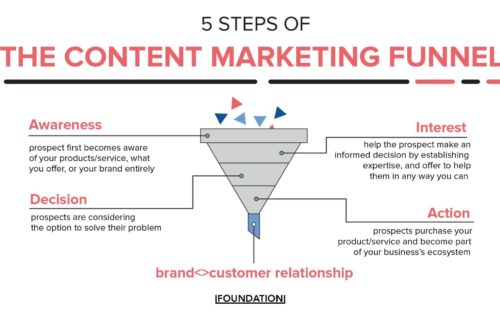Article's Content
Using distribution channels is a sure way to get your ideal customer to consume your content. But why should you care about these channels? Let’s take a history trip.
On August 6, 1991, British physicist Tim Berners-Lee created the first-ever website. 31 years later, that single website has turned into 1.88 billion websites. We see similarly sharp increases in the amount of daily published content, social media platforms, and SaaS companies.
This explosion in websites, content, businesses, and SaaS products all aim toward getting the attention of customers.
And while content creation is central to the customer acquisition strategy for some brands, these brands often fail at the one thing that gets their ICPs to consume their content: distribution. As a result, only a handful of brands enjoy the benefits of distributing content and the rest create content that collects dust. But not anymore.
Today, you’re going to learn about distribution channels. You’ll see how these channels can help you attract your Ideal Customer Persona (ICPs) who will consume your content, leading to the growth of your revenue engine.
Here’s exactly what we will cover:
- What a distribution channel is
- What makes a good distribution channel
- Why content distribution is more important than ever before
- How to identify profitable distribution channels in marketing
- The distribution channel matrix
- Types of distribution channels
- Best practices for using each distribution channel
Let’s get right into it.
What is a Distribution Channel?
A distribution channel is any channel like LinkedIn, Twitter, and many more that you can use for sharing and promoting your content assets. Just as content assets like video, blog posts, webinars, podcasts, and much more are unique, so are distribution channels.
For instance, LinkedIn thrives mostly on long text posts and Twitter works best with punchy sentences. That said, your amount of resources and the audience of the distribution channel are two vital elements that determine the effectiveness of any distribution channel.
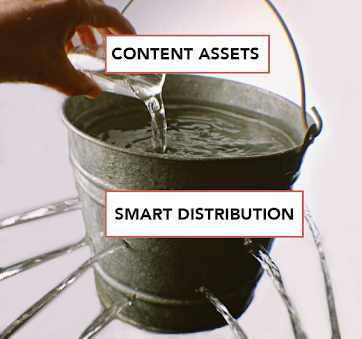
What Makes a Good Distribution Channel?
A good distribution channel is one that has the potential to generate a decent ROI for your brand. An example? LinkedIn. Over the years, LinkedIn has proven to be a good distribution channel, especially for B2B companies. So it’s no surprise that Chili Piper, Dreamdata, Gong, Sweetfish, Outreach, and others are going all-in to create content assets to distribute on LinkedIn.
Why Content Distribution is More Important than Ever Before
The days of writing content, pressing publish, ranking on the SERP, and hoping for an avalanche of traffic to miraculously find your content are long gone. Today, brands must invest in distribution to get their ICPs attention. Why?
- There’s more content out there than ever before
- There has been a 6233% increase in the number of tech brands since 2011 (so you have more competitors than ever before)
- There are more distribution channels than ever before
1. There’s more good content than ever before
We see more good content from several brands that have built great content production engines. These content are usually packed with first-party data, thought leadership content, and a lot more. Take GrooveHQ for instance. They have lots of helpful resources for navigating the startup journey. The same goes for brands like Drift and a host of others.
While having great content is good, more great content from competitors equals stiffer competition for a customer’s attention. Plus, the availability of great content underscores why reliance on just SEO as a distribution channel, or worse, sticking to the spray and pray approach, is harmful to brand growth and content ROI.
Understanding content distribution importance and using a distribution plan is the only way to win.
2. There are more competitors than ever before
In 2011, there were only 150 MarTech (marketing technology) companies. Today, 150 companies have become 9,500+ companies. That’s a huge 6233% increase. This growth in companies, and therefore competition, shows no sign of hitting the brakes.
And because more entrants continue to flood the market, there’ll be more competition, search engines become crowded, and there could be less unique content resulting in SERPs homogeneity.
Even if you have quality content, that content could remain buried on page 2 and beyond of the SERPs where it will barely earn a single click. That’s why you need to maximize your distribution channels. It’s the only way to avoid pouring resources into creating content that’s never been read, watched, or listened to.
3. There’s more mediocre content than ever before
An increased number of competitors is one reason why we have lots of mediocre content today. Often, brands opt for low-quality content when their marketing budget cannot match those of the top guns in their industry. Finding and hiring quality content creators is another challenge.
When you think of mediocre content, you should go beyond those generated by humans. Think AI-written content as well because they could be worse.
In fact, Peter Krysik recently did a test with 180 posts written by AI. Some of it ranked well but then quickly tanked because the content wasn’t valuable. When people distribute these kind of content assets, your audience will be overwhelmed with bad content. You don’t want that. That’s why you should be on top of your distribution game so that your Ideal Customer Personas can access excellent content and have a great perception of your brand and industry.
4. There are more distribution channels than ever before
In the early 2000s, there were limited social media platforms and forums like Reddit, Facebook, Twitter, Instagram, and LinkedIn. However, technological improvements have resulted in the emergence of Slack, Discord, and many more.
Each of these platforms has steadily garnered audiences that spend time on them. Therefore, you can’t expect your audience to concentrate on Twitter or LinkedIn because they’d have spread across multiple platforms. I call this audience dilution. And the only way to get around it is to extend your content tentacles beyond a single distribution channel while adopting the modern distribution playbook.
How to Identify Profitable Distribution Channels in Marketing
1. Find core distribution channels where your audience hangs out
While your ideal audience may be diluted across multiple distribution channels, you can identify these channels by validating their usage by your competition.
Simply check out the amount of content that exists in your competition’s distribution channels.
Some top channels to consider are Facebook, LinkedIn, Twitter, Instagram, and YouTube.
For instance, a SaaS company in the B2B attribution space would easily identify LinkedIn as a viable distribution channel because brands like Dreamdata concentrate on LinkedIn to attract its ICPs.
2. Examine the distribution channel engagement
It’s possible that your audience is present in a distribution channel but does not engage with content. This can happen for several reasons. For instance, on Facebook, the reach of your content is 5.2% according to Hootsuite. This means if you’re connected to 100 of your ICPs, only 52 of them will see the content you distribute organically.
Similarly, research shows that LinkedIn is the primary place where B2B decision makers hang out. This implies you have a good chance to get high engagement on your LinkedIn content. Of course, you can find data insights that suggest the estimated engagement rate of other channels. However, manually checking these channels to see the type of content that drives engagement is even more important.
3. Check the level of competition in the distribution channel
The level of competition in a distribution channel hinges on many factors.
- Did you start using the distribution channel early enough?
- How often is your competition posting content on the distribution channel?
- How are competitors using the channel to engage? Can you identify what’s working and not working for them?
- Does the competition take a similar market position or voice/tone to your brand? Or are they different? How does this impact their engagement?
- Do you have the resources to create lots of high-level distribution assets that will drive meaningful business growth?
Answering these questions lets you know where you are and where you want to be regarding content distribution.
4. Gauge the audience reach of the distribution channel
Many distribution channels have content reach limitations. Take Facebook, for instance. The rate at which your content will gain traction in the Facebook feed is governed by factors like
- Who posted it: Facebook prefers to display the posts of friends, family, and businesses that your audience mostly interacts with.
- Type of content: Facebook shows more of the content type that your audience interacts with. So if your audience interacts with video a lot and you go all-in on text posts, your distribution efforts could yield few results.
- Post interactions: Facebook prioritizes posts that generate lots of engagement (especially those from people that your audience interacts with).
Knowing this info about your audience reach allows you to tailor your content for every distribution channel you choose to use.
5. Assess the barriers to the distribution channel use
Setting aside a budget for a distribution channel is one barrier you must consider. You will likely have a lot on your plate as a founder or marketer leading a team. This means you could have less time to prepare and publish your distribution assets.
As a result, you may need to hire a dedicated distribution specialist or agency that understands your industry and has the required skills. For instance, anyone can figure out how to send tweets, but trying to script/film/edit videos for TikTok is significantly harder and costlier. Regardless of any other barriers you have, you can surmount them by knowing how your priority distribution channel works, getting someone with the skills to execute and setting aside a clear-cut budget.
6. Test your content idea on the distribution channel before creating
Testing your content idea on a distribution channel is a great way of knowing if the content will take off on that channel.
Take this tweet by Vlad Ionescu, for instance.
The post has 109 retweets, 15 quote tweets, and 412 likes. While this may prove that the audience on this distribution channel wants this content, it can also prove if they don’t want it. How? The quality of engagement. A ton of likes and comments may not mean much if they aren’t coming from your ideal customers.
And even when the content is retweeted or shared, you need to check out why this happens. Are they agreeing with the content? Are they subtweeting and saying it’s bad advice? Check out all of these and you’ll know when and when not to invest resources in developing your content idea.
The Distribution Channel Matrix
The distribution channel matrix is a high-level overview of how we think about content distribution here at Foundation.
This matrix is separated into four distribution channels.
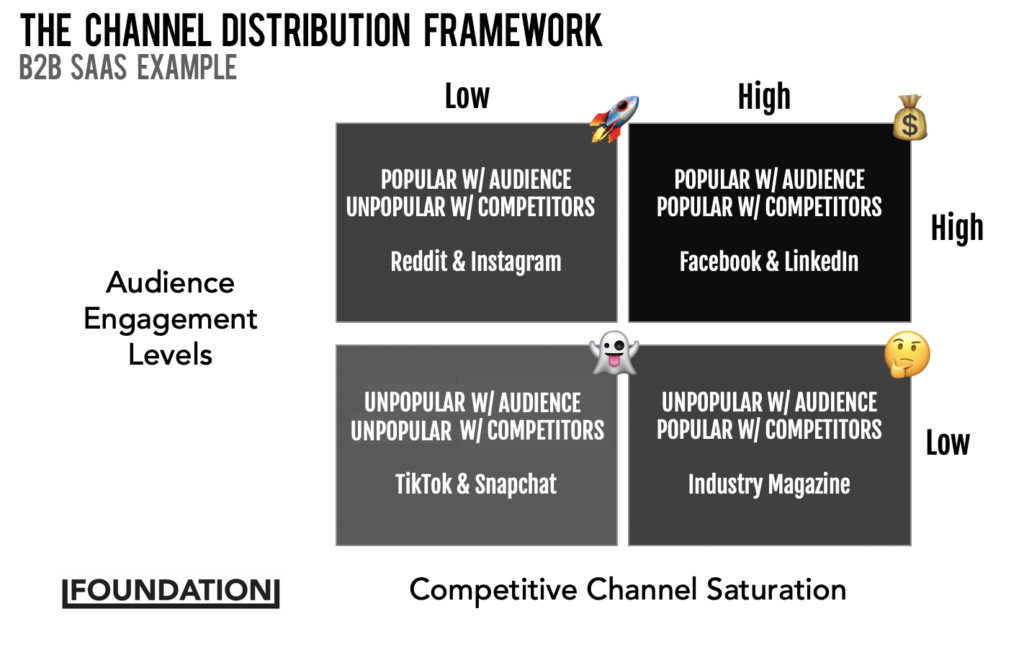
1. 🚀 Rocket distribution channels
These are channels where your audience spends their time but your competition has written them off. The channels are considered risky and producing content at scale for these platforms is an uphill battle. On a general note, an example of an emerging rocket distribution channel in the B2B space is TikTok. Brands like Adobe have gone all-in to create TikTok videos to further strengthen their unshakeable moat.
2. 💰 Money distribution channels
These are validated channels that are already generating results for your competitors. Your chance of success with these channels is high because your competition has proven that your audience resides on these channels. Take Gong, for instance. Their strong LinkedIn presence clearly shows that LinkedIn is one of their money distribution channels. Newsletter sponsorship is also an emerging money distribution channel.
3. 👻 Ghost distribution channels
Ghost channels are rarely used by your competition because audience access is limited. While audience access is limited, learning how to use these channels can open you up to first movers’ advantage if there are policy changes allowing audience access.
4. 🤔 Questionable distribution channels
These channels are packed with your competition but they have a low engagement rate with your target audience. Examples of such channels are industry magazines, random PR, and targeted guest posting.
Types of Distribution Channels
Owned distribution channels
These are content distribution channels belonging to your company like LinkedIn, Facebook, and Twitter. You dictate both the time and frequency of distributing your assets on these channels. And to get the best from owned content distribution channels, you should get your employees involved.
According to Social Media Today, content shared by employees receives 8x more engagement than content shared by brand channels. Forward-thinking brands like Outreach are an example of a company enjoying the massive benefits of getting employees involved in sharing their content.
Here are some owned distribution channels you should be using, including some best practices to adopt.
1. LinkedIn
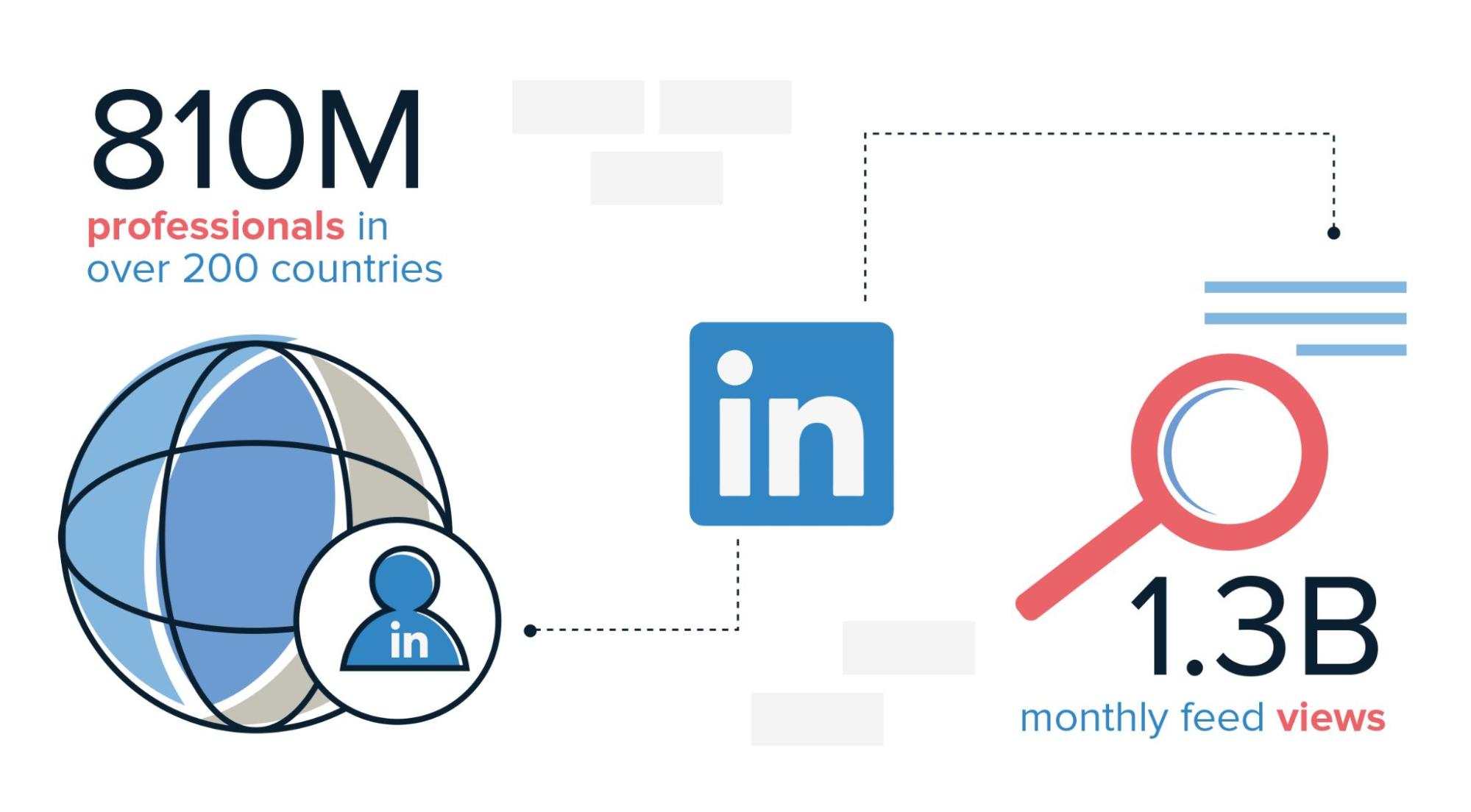
LinkedIn is a game-changing content distribution channel, especially for B2B marketers who target professionals. The platform has a large user base of 810 million professionals in over 200 countries. It also attracts over 1.3 billion monthly feed views according to SimilarWeb.
Many brands are increasingly diving into LinkedIn to share content that attracts their audience. One such brand is Dreamdata, which uses its employees’ content to build a social selling moat that saves the company up to $200,000 per year.
Best practices for using LinkedIn as a distribution channel
- Add UTM parameters to track link clicks to prove that LinkedIn works (as much as possible, do this on all distribution channels).
- Share other fun content aside from your blog posts or links to your content assets. These could be memes, video content, tastefully designed carousels, and more.
- Don’t always try to sell by talking about your product every time.
- Tag experts who contributed to your content.
- Engage with the content of other creators.
- Stay consistent.
2. Twitter

Twitter is a quality content distribution channel that drives incredible growth for many companies, ours included. With over 206 million monetizable daily active users and up to 10,000 tweets per second (about 6 tweets daily per person), you can wager that you stand a chance to succeed on this platform.
Best practices for using Twitter as a distribution channel
- Share other content types asides from those related to your marketing assets.
- Engage with the content of other creators.
- Tag experts who contributed to your content.
- Use limited or no hashtags.
- Stay consistent.
3. Facebook
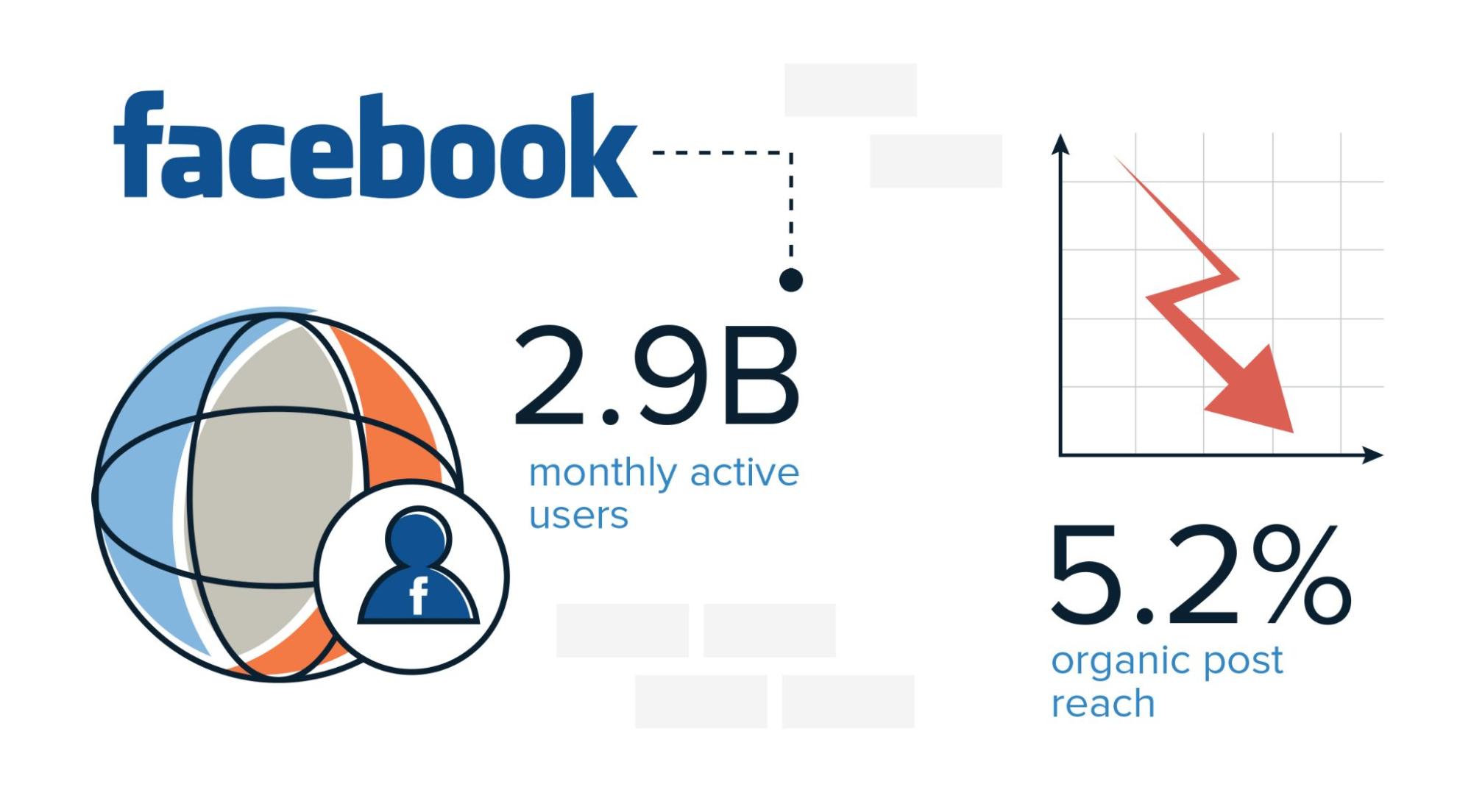
With over 2.9 billion monthly active users, you’d think Facebook is the best contribution distribution channel ever. Not so fast. Facebook operates a pay-to-play model and prioritizes the post-reach of advertisements. As a result, organic post reach takes a nosedive to as low as 5.2%.
The decline in organic post reach doesn’t mean you shouldn’t leverage this channel. Because like it or not, many B2B brands like Canva are building on their revenue moat, and their 1.7 million Facebook followers are a huge part of it.
Best practices for using Facebook as a distribution channel
- Use high-quality video and graphic creatives.
- Include a call to action on your posts so that your audience can engage.
- Post a variety of content (videos, text, GIFs, etc.) to find what resonates with your audience.
- Include descriptions in your videos so viewers know what they are about to watch.
- Tag accounts you mentioned in your content.
- Use minimal hashtags, including location hashtags.
- Stay consistent.
4. Instagram
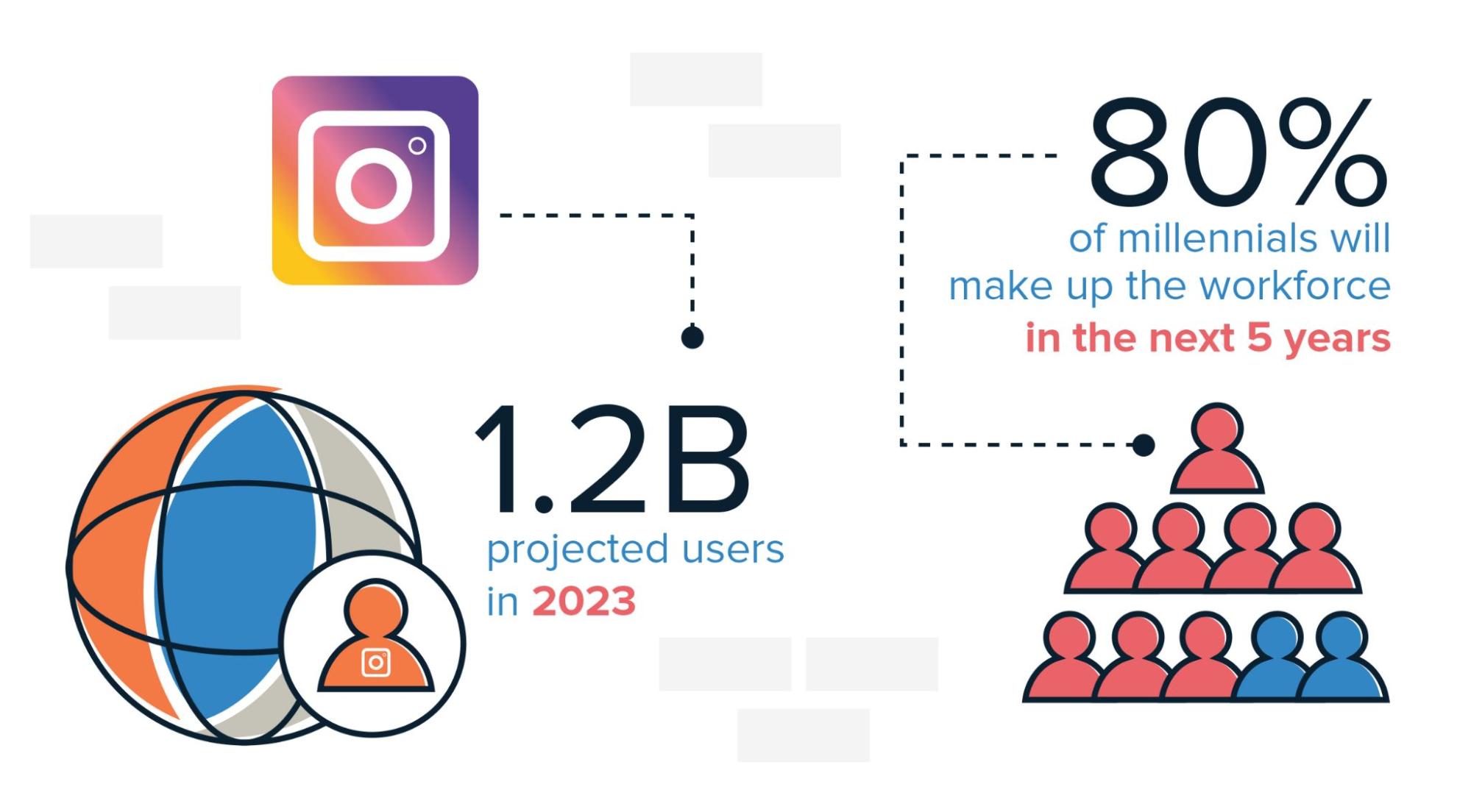
Many businesses shy away from Instagram as a distribution channel, especially busy B2B companies. Sure, creating videos, reels, and carousels isn’t a cakewalk. But here’s the thing: Instagram is projected to have 1.2 billion users in 2023 and that’s a whole lot of people. Plus, according to Forbes, up to 80% of millennials will make up the workforce in the next 5 years. And the millennial generation are heavy Instagram users.
Brands like HubSpot are shining examples of how companies should use Instagram. Create beautiful reels and videos, and design stunning carousels. The result of HubSpot’s effort? 453k followers on Instagram.
Best practices for using Instagram as a distribution channel
- Create high-quality visuals.
- Post at least one reel per day.
- Create lots of videos if you have the resources.
- Post content when your audience is most active to foster engagement.
- Use hashtags to boost your content visibility.
5. TikTok
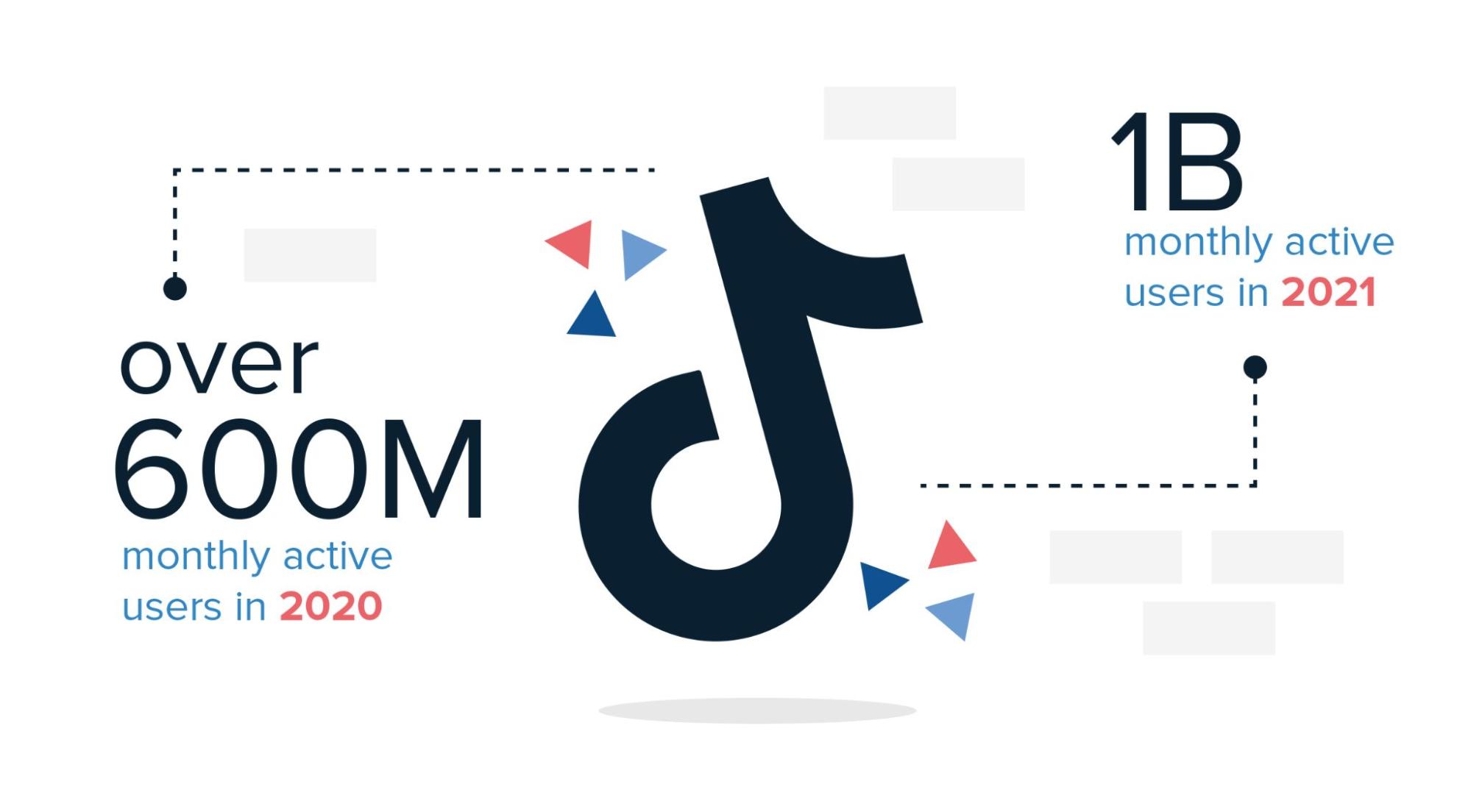
TikTok is the fastest-growing content distribution channel and it’s a big risk not to harness it early. According to Statista, TikTok’s monthly active users were over 600 million in 2020. In 2021, it increased to 1 billion.
This astronomical user growth shows TikTok is a promising channel and brands like Adobe are getting a lot of mindshare there.
Best practices for using TikTok as a distribution channel
- Find and use trending hashtags.
- Create relatable memes.
- Don’t overly promote your content, and when promoting, make it fun.
- Use a 9:16 video format.
- Regularly post content.
6. Medium
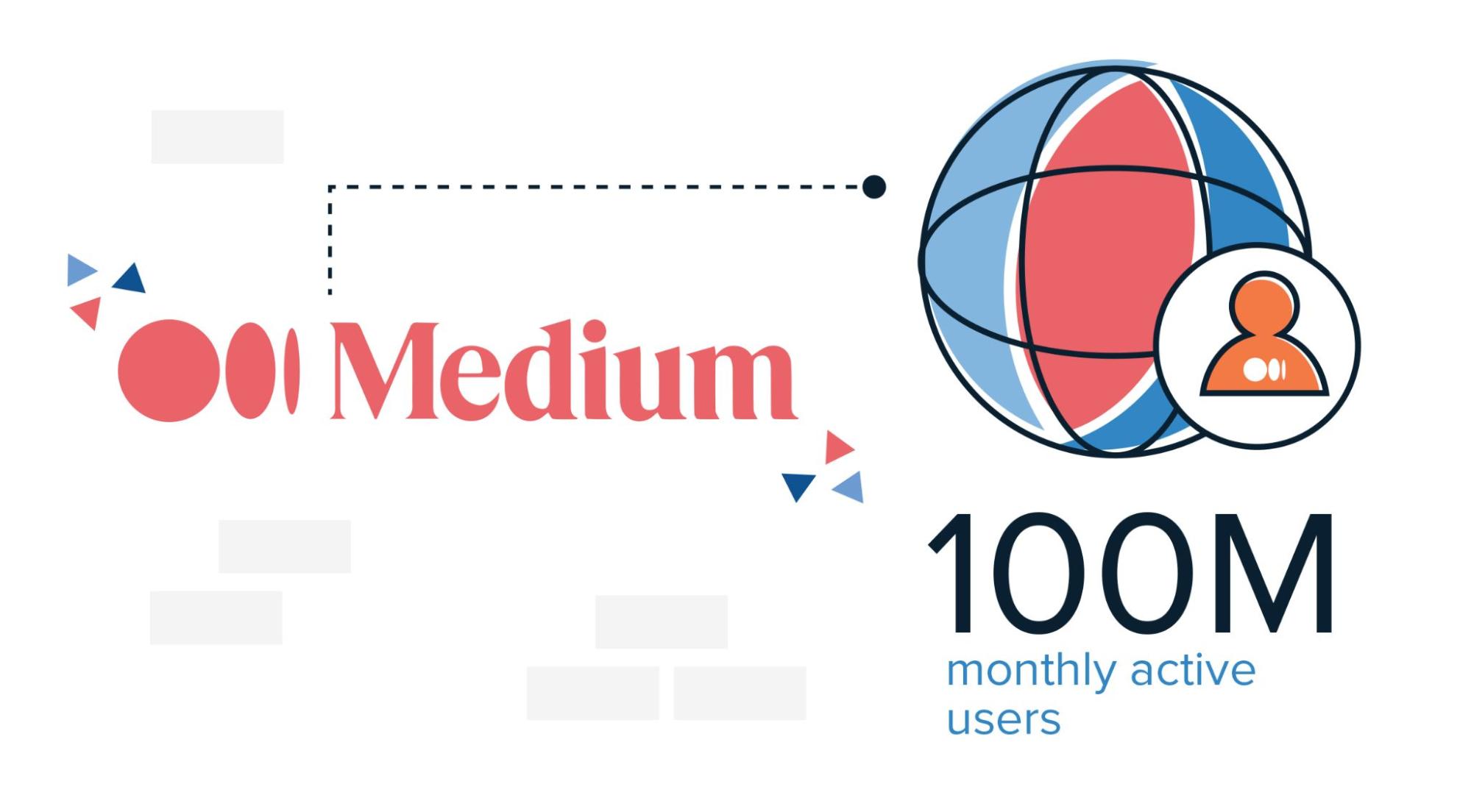
Medium is a great platform for writers, journalists, professional publications, and undiscovered voices who want to share their thoughts in writing. This content distribution channel has about 100 million monthly active users, which shows it has a massive audience and promising reach for your content.
Best practices for using Medium as a distribution channel
- Don’t try to sell on Medium.
- Publish your content on Medium or do this on your blog first.
- Syndicate your blog content and include a link to your original post
- Format your post properly as you do on your blog.
- Regularly syndicate your own content on Medium
7. LinkedIn Newsletters
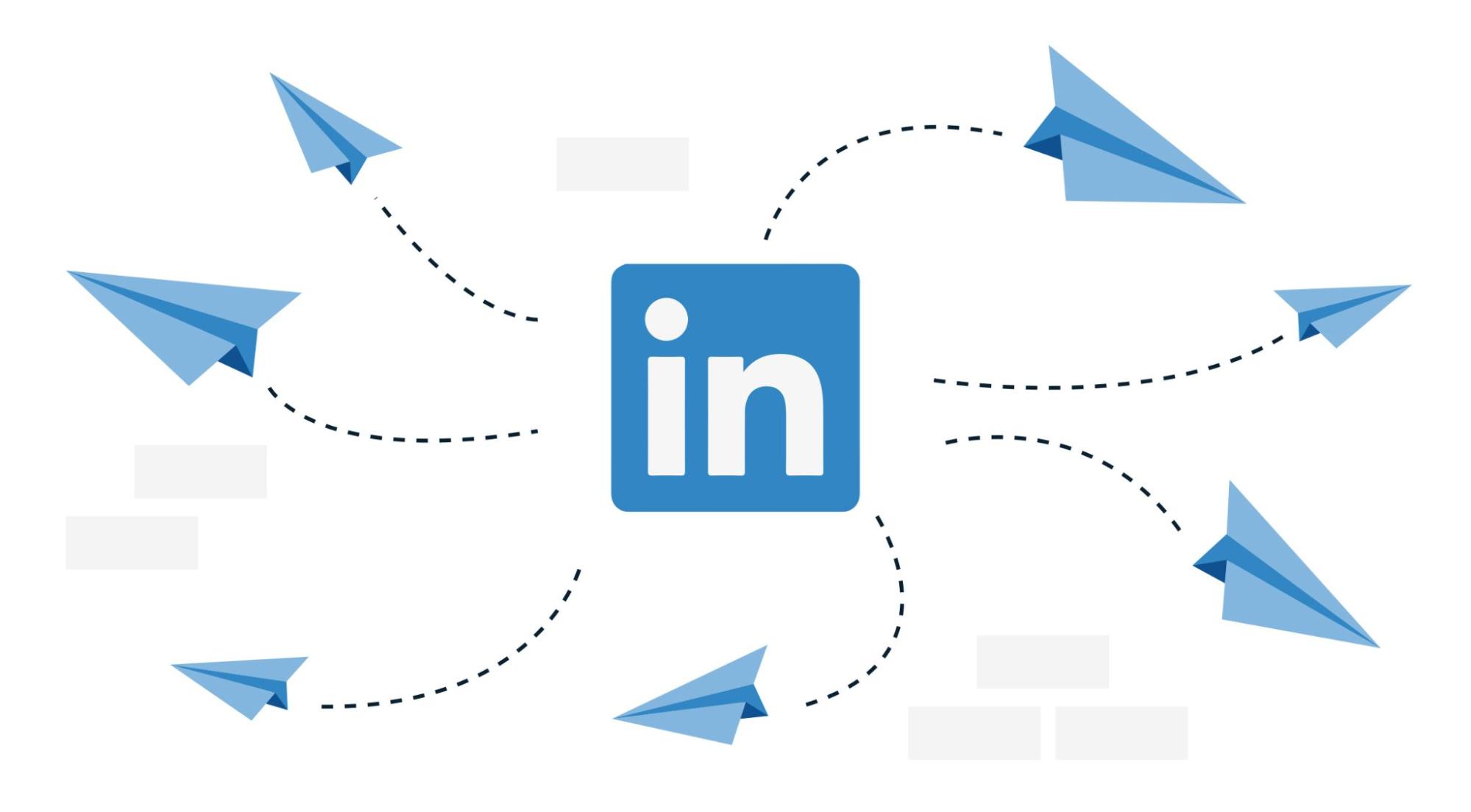
LinkedIn recently rolled out newsletters for authors and brands who want to establish thought leadership on specific topics while building a list of raving fans. Unfortunately, many brands are yet to take advantage of this distribution gem that helps you get in the faces of your audience with a variety of great content. Don’t be that brand!
One way to really maximize LinkedIn Newsletters as a distribution channel is to get your team involved. Encourage your team to share the newsletter link so that your ICPs connected to them can subscribe.
Best practices for using LinkedIn Newsletters as a distribution channel
- Get active on LinkedIn. Your audience will subscribe to your newsletter if you’ve already built a decent following.
- Don’t share snippets of every single piece of content you produce in your newsletter. Publish only the best and most helpful content in your newsletter.
- Always provide value in your newsletter content.
- Include links to related content that’ll help your audience solve a challenge.
8. Email
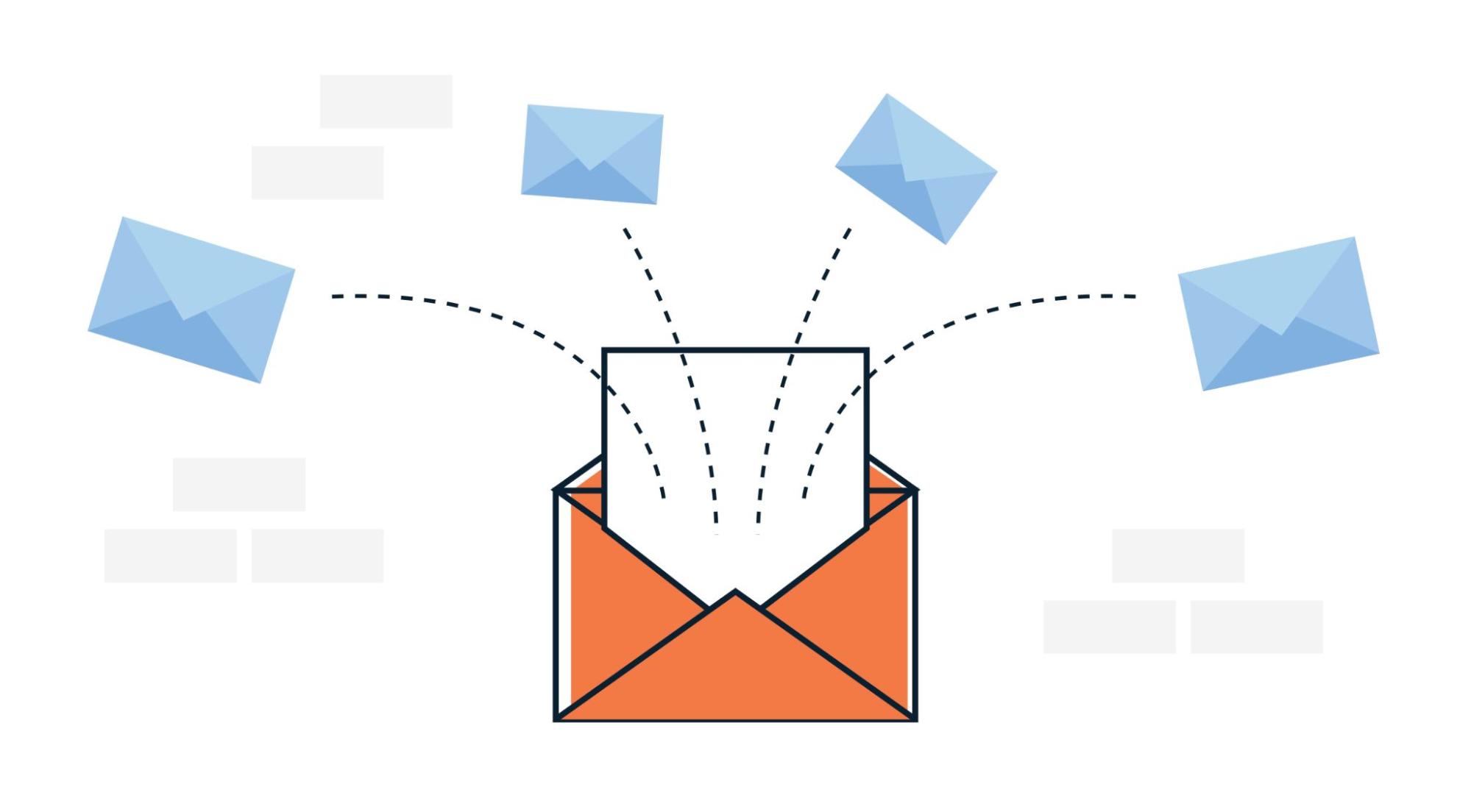
Email is one of the oldest owned channels for distributing content and they are popular among many brands. You can make emails an effective distribution channel provided you regularly publish interesting content. Doing this makes your audience anticipate your future emails and remain subscribed to your email list.
Best practices for using email as a distribution channel
- Send emails about your most valuable content assets to your audience
- Prepare emails before your content goes live
- Send emails to remind your audience about events like webinars
- Give a broad overview of the content you want the reader to consume.
- Highlight vital info with bold, underlined, and italicized elements.
- Make your email scannable by using short sentences and paragraphs.
- Avoid using all caps in your subject line.
- Use plenty of white space.
- Use legible font sizes.
- Include a call to action.
9. Podcast
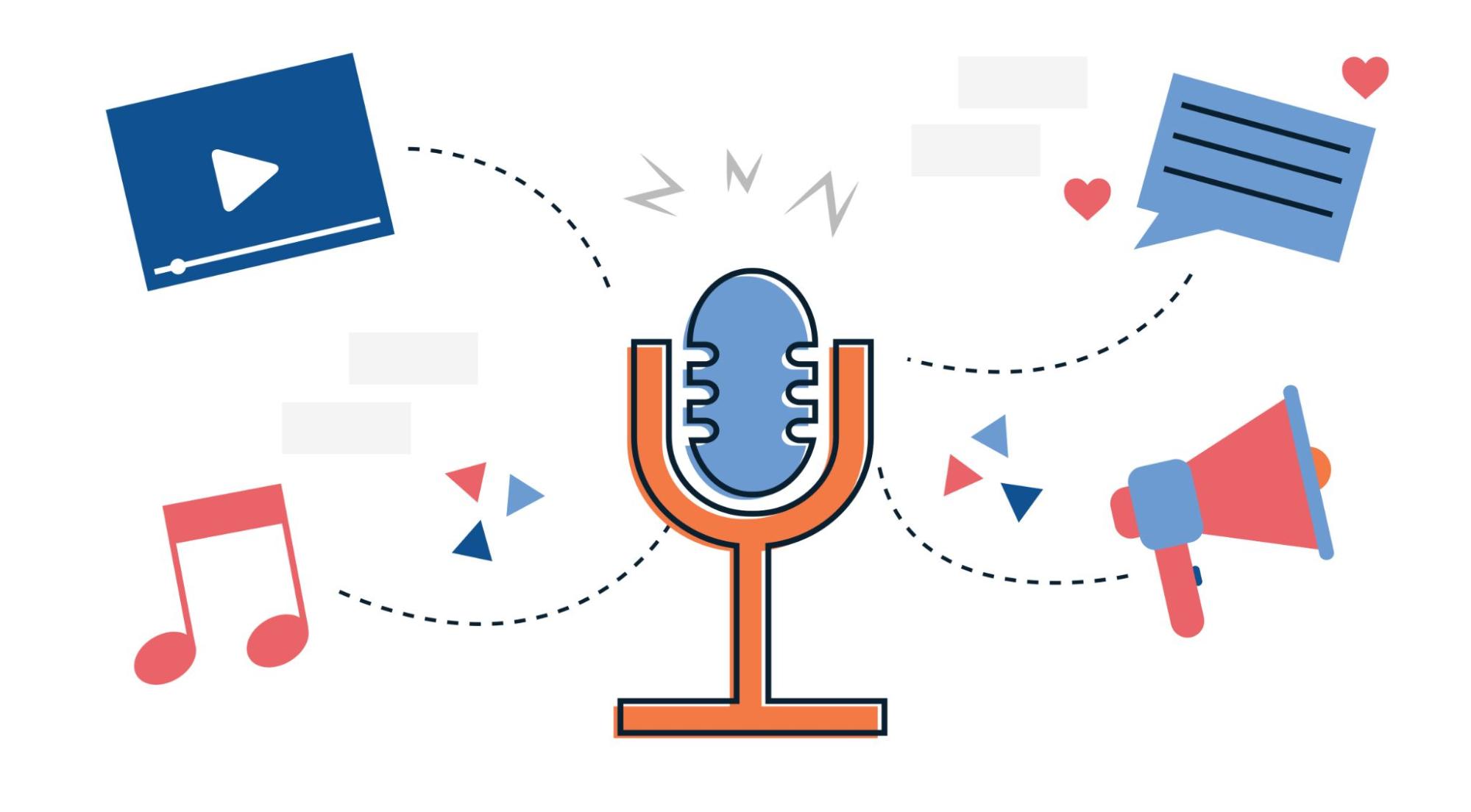
Expecting every single member of your audience to have time to read or watch your content isn’t realistic. People are busy. It’s in this busyness that podcasts shine as a distribution channel. Your audience can listen to your podcast while exercising, commuting, doing chores, walking, or performing routine tasks.
Podcasting also helps you limit the technicality in your content and makes what you say easy for your audience to grasp. This improves your audience’s ability to process your content and stirs them to learn more by reading or watching your related resources.
Best practices for using a podcast as a distribution channel
- Regularly publish new episodes.
- Invite guests with solid expertise to your show.
- Turn snippets from your guests into images or carousel quotes. Post them on social and include a CTA that drives your audience to your main content.
- Ask your audience to leave feedback on what you should cover in future episodes.
10. Pinterest
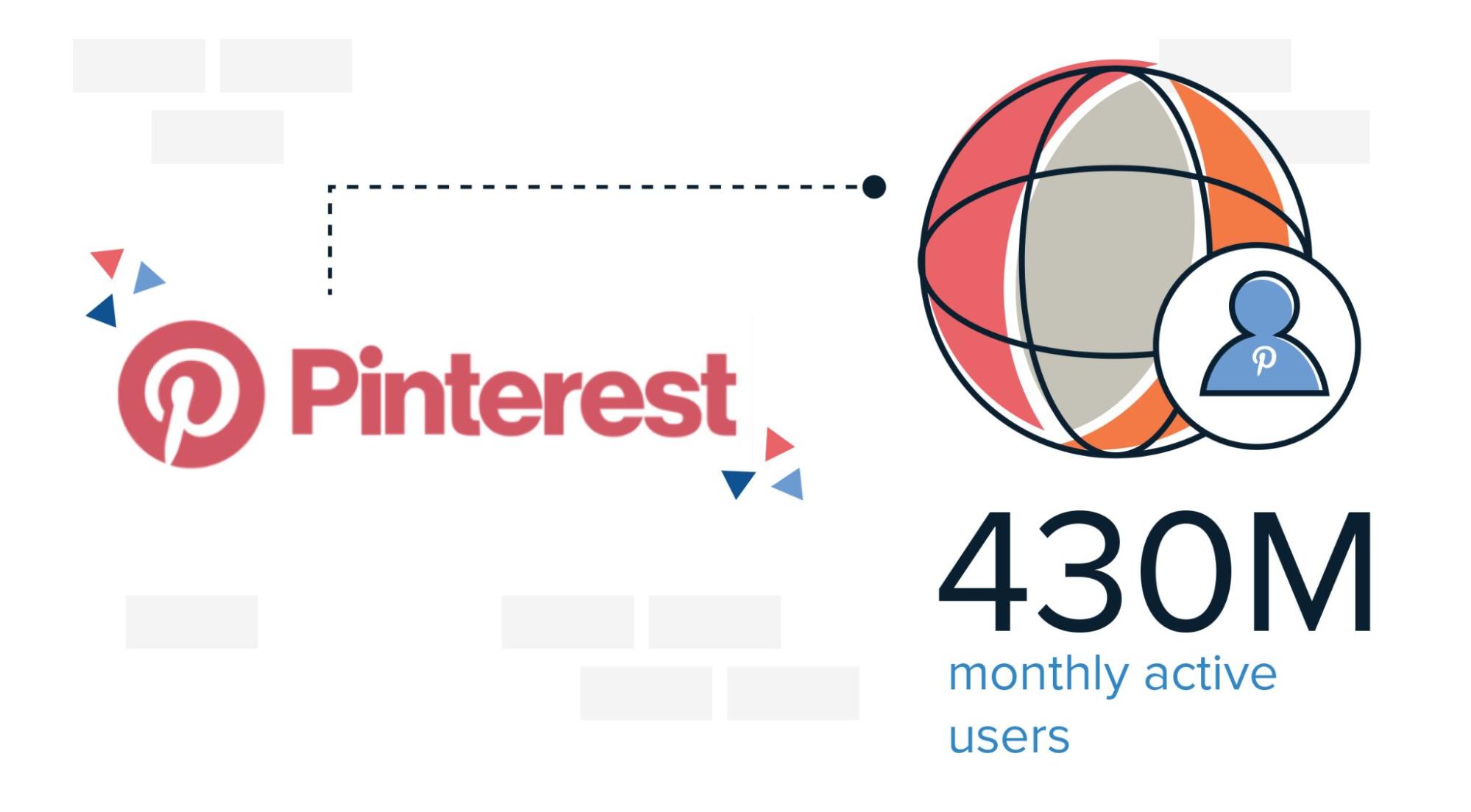
Pinterest is one of the most underrated content distribution channels by B2B marketers. Yet, this powerhouse has about 430 million monthly active users. These users are people who may need your content before they make a buying decision.
Brands like Square are leading the charge by properly using this channel to get more eyes on their content. If you want to use this channel to improve your distribution game, read this piece to unlock the massive benefits of Pinterest.
Best practices for using Pinterest as a distribution channel
- Include your target keyword in your Pinterest title tags.
- Write a captivating and brief description of your image and title (include target keywords).
- Use quality images.
11. YouTube
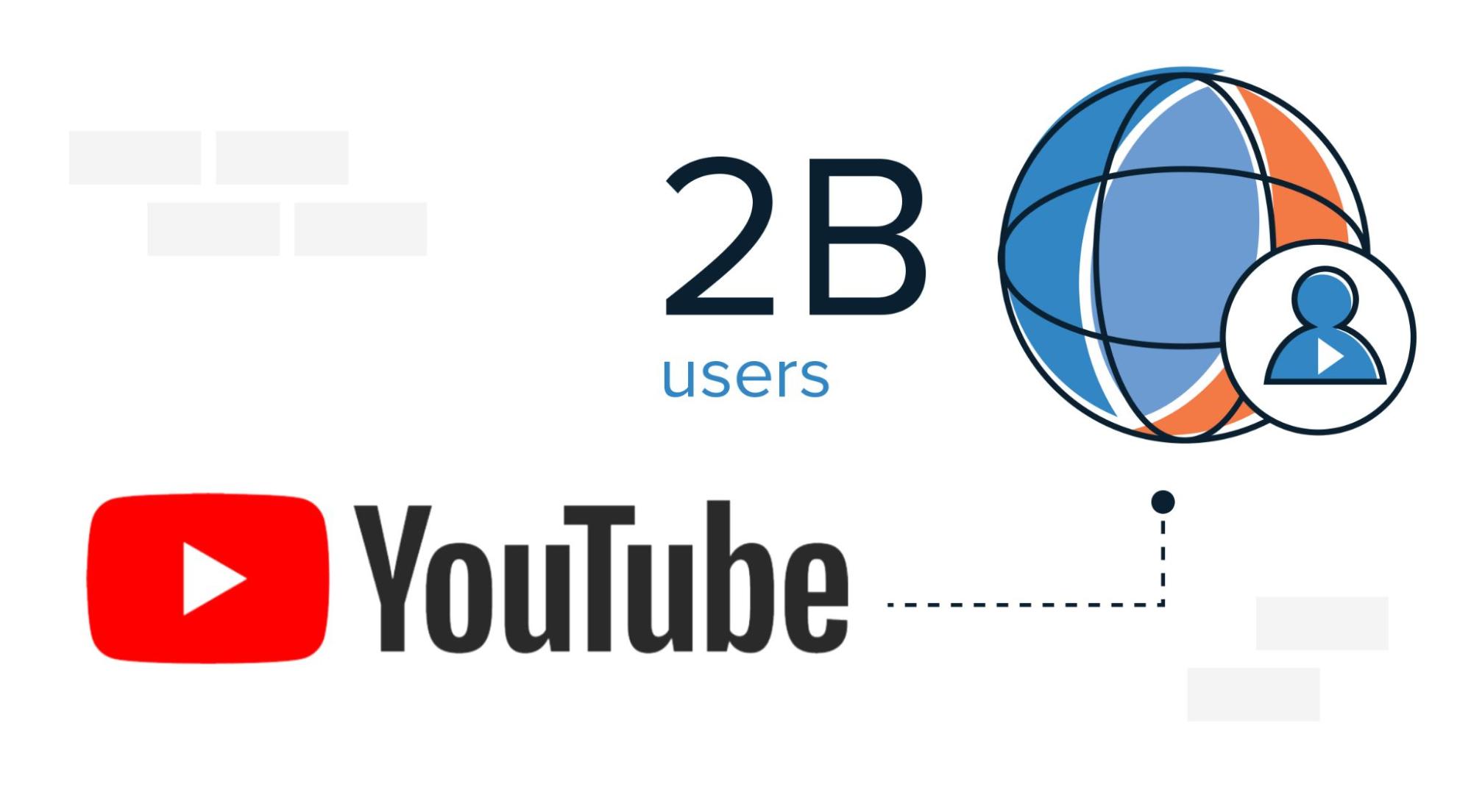
Videos increase cognitive processing by helping viewers to easily learn or understand what your video content entails. This makes it unsurprising that a distribution channel like YouTube has up to 2 billion users.
Plenty of brands are leveraging YouTube as a content distribution channel and you should too if you have the resources. The bonus with video creation is that they can also rank on search engines and provide SEO value to your blog content.
Best practices for using YouTube as a distribution channel
- Optimize your YouTube account and videos to attract more SEO value.
- Promote your YouTube video on LinkedIn and Twitter.
- Monitor your YouTube analytics to know what’s working.
Paid distribution channels
Paid distribution channels require you to pay to play. The more money you have, the farther your content will reach. Using paid channels in addition to owned channels will amplify your content reach, help you gain more mindshare, and create more brand awareness that’ll benefit you down the line.
Brands like Ahrefs, Adobe, and many more are spending a lot on paid content distribution and you should consider it if you’ve got the resources.
Here are some paid distribution channels you should consider using.
12. Quora Ads

Quora is a great distribution channel with over 300 million monthly active users. Insights from a former Quora employee suggest that a good number of Quora’s users are in B2B. And these users are targeted with ads. One of the beautiful attributes of Quora ads is that your ad is placed between thoughtful questions and answers related to your promoted content or product. This is one of the reasons why brands like Heybooster, Morning Brew, and many more are leveraging Quora.
Experimenting with Quora ads is definitely a good idea because other B2B businesses have validated it by using Quora ads to attract their ICPs. Be sure to review the Quora ads success checklist before running your ads.
13. LinkedIn ads
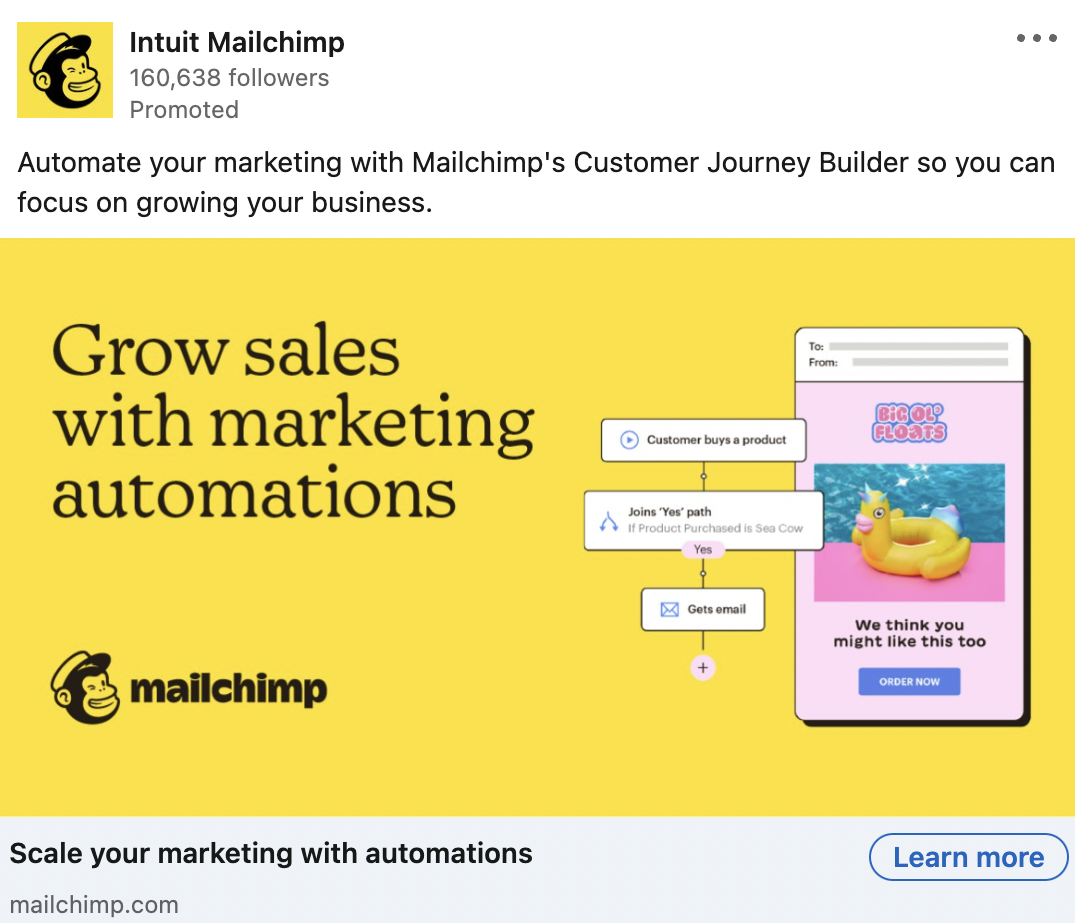
Your organic reach on LinkedIn is capped by your number of followers and the number of people who engage with your content. However, if you’ve created a new and detailed asset that you want more of your ICPs to see, LinkedIn ads can serve as an excellent distribution channel for getting more eyeballs on your content.
Note that LinkedIn ads can be pricey, so ensure you are promoting your best content that’s sure to get you results.
14. Facebook ads

Facebook ads are still a great content distribution channel for B2B teams. Like it or not, B2B professionals can’t remain on LinkedIn or Twitter all day. We need some time to take short work breaks from our daily schedules and we could use it as an opportunity to see what’s happening on Facebook. At Foundation, we’ve had successes with Facebook ads and we see lots of companies validating Facebook ads as a distribution channel. Some examples are ClickUp, Notion, and many more. Be sure to optimize ads to your ToFu content for traffic and MoFu and BoFu for leads.
15. Pinterest ads

According to Pinterest, brands can increase their conversions by 3x when they run ads on the platform. Aside from that, Pinterest is one of the few platforms with the lowest CPCs in social media advertising. Taking advantage of Pinterest allows you to win on both the organic and paid front. Here’s a quality guide on how to make Pinterest ads.
Earned distribution channel
Earned distribution channels are used by you and third parties to promote your content. One of the great things about earned channels is that your greatest content marketing assets will naturally attract more views, resulting in more shares, links, and mentions.
One of the earned distribution channels you should be using is guest posts.
16. Guest posts and Mentions
Publishing guest posts to attract more links to your content seems like a recurring topic. But here’s the thing: repeatedly stating it is vital because it gives you an opportunity to attract links, drive your content up the SERPs, generate brand awareness, and indirectly impact sales.
One of the simplest ways to make the most of guest posts or mentions is to publish highly valuable content. For instance, this post on Canva SEO goes deep into how Canva succeeds using content and outreach. The result? Over 650 do-follow backlinks alone and plenty of clients. All from one post.
Community distribution channels
Using community as a distribution channel is an excellent marketing play that pays in the long term. These channels do not guarantee immediate growth because your community needs to know you enough to take your content seriously.
Community channels are very different from owned channels because they sometimes have rules you must follow. Finding a suitable community isn’t difficult. All you need is to find where your product users hang out, align with them, and deliver pitch-free content.
Here are some great community distribution channels for B2B marketers.
17. Slack groups
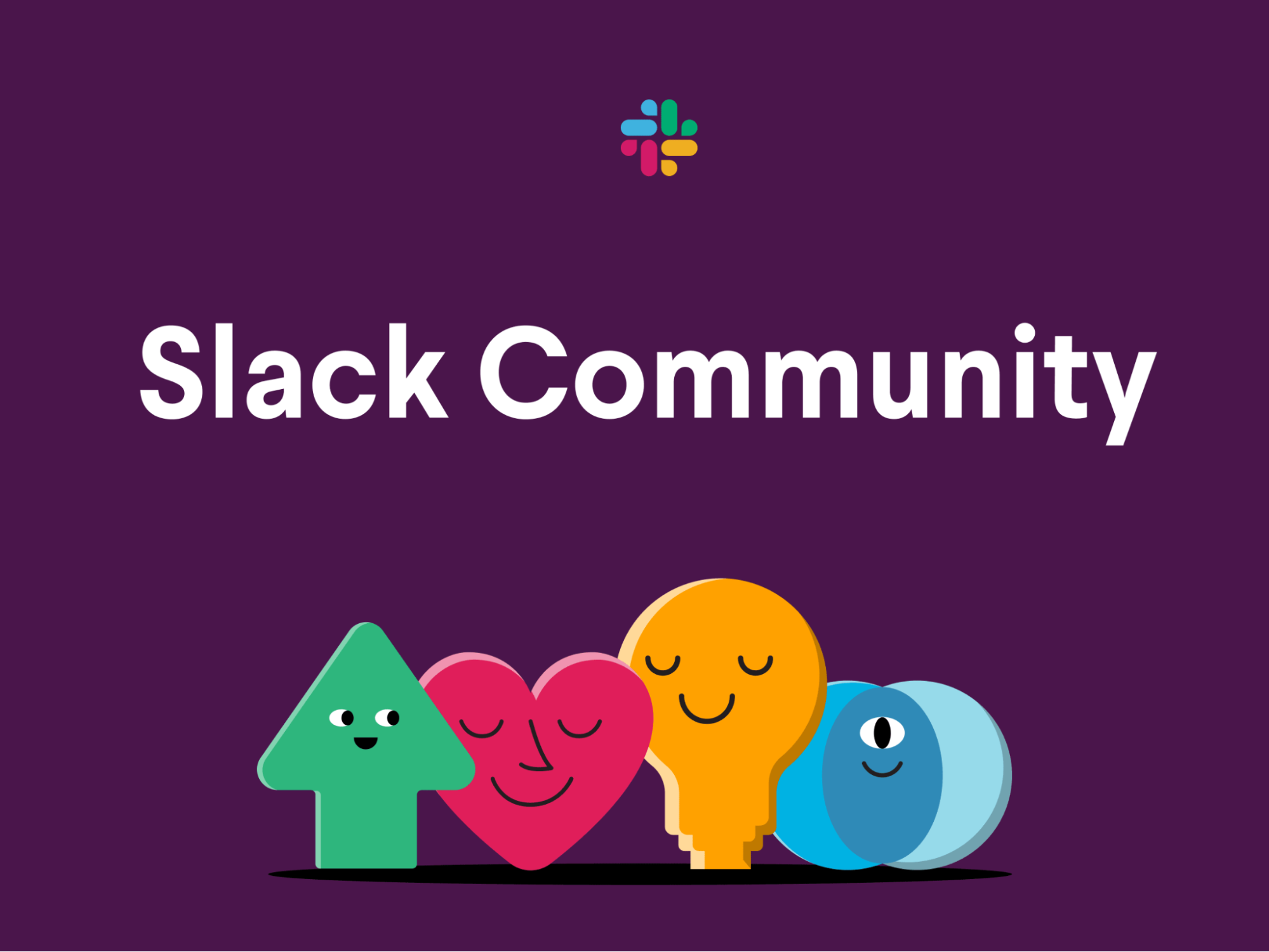
Slack’s monthly active users are a small group compared to users of Facebook, LinkedIn, Instagram, etc. But where it gets beautiful is in the like-mindedness of individuals in different Slack groups. Aside from that, many Slack groups have specific channels for general chat and those you can use to distribute your content. By creating a Slack community or actively participating in one, your content will not only gain more views but also more leads and revenue.
You can find public Slack groups related to your product and content by visiting Slofile.
Best practices for using Slack as a distribution channel
- Engage with the content of other users in the Slack group.
- Share only valuable and in-depth content.
- Post your content on the allowed channels to prevent banning.
18. Quora
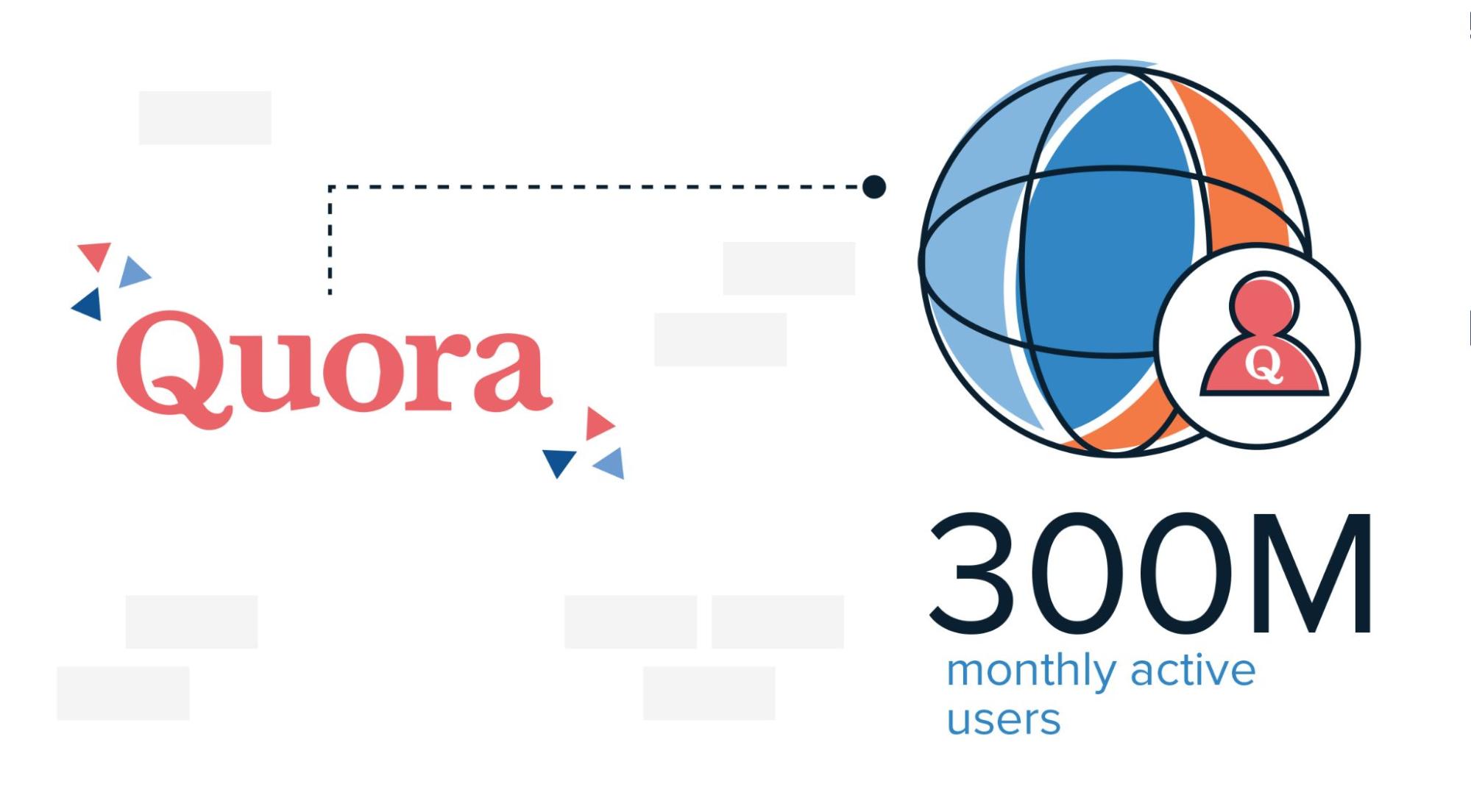
As previously mentioned, Quora is an excellent distribution channel with over 300 million monthly active users. With Quora, you can create a personal and company profile for the organic distribution of your content assets. You can also follow topics related to the content you create, answer questions from your audience, and link to your content asset that expands on your answer.
Best practices for using Quora as a distribution channel
- Complete your profile.
- Provide in-depth answers to questions before linking to your content asset.
- Follow topics your audience cares about.
- Share valuable content for your audience.
19. Reddit
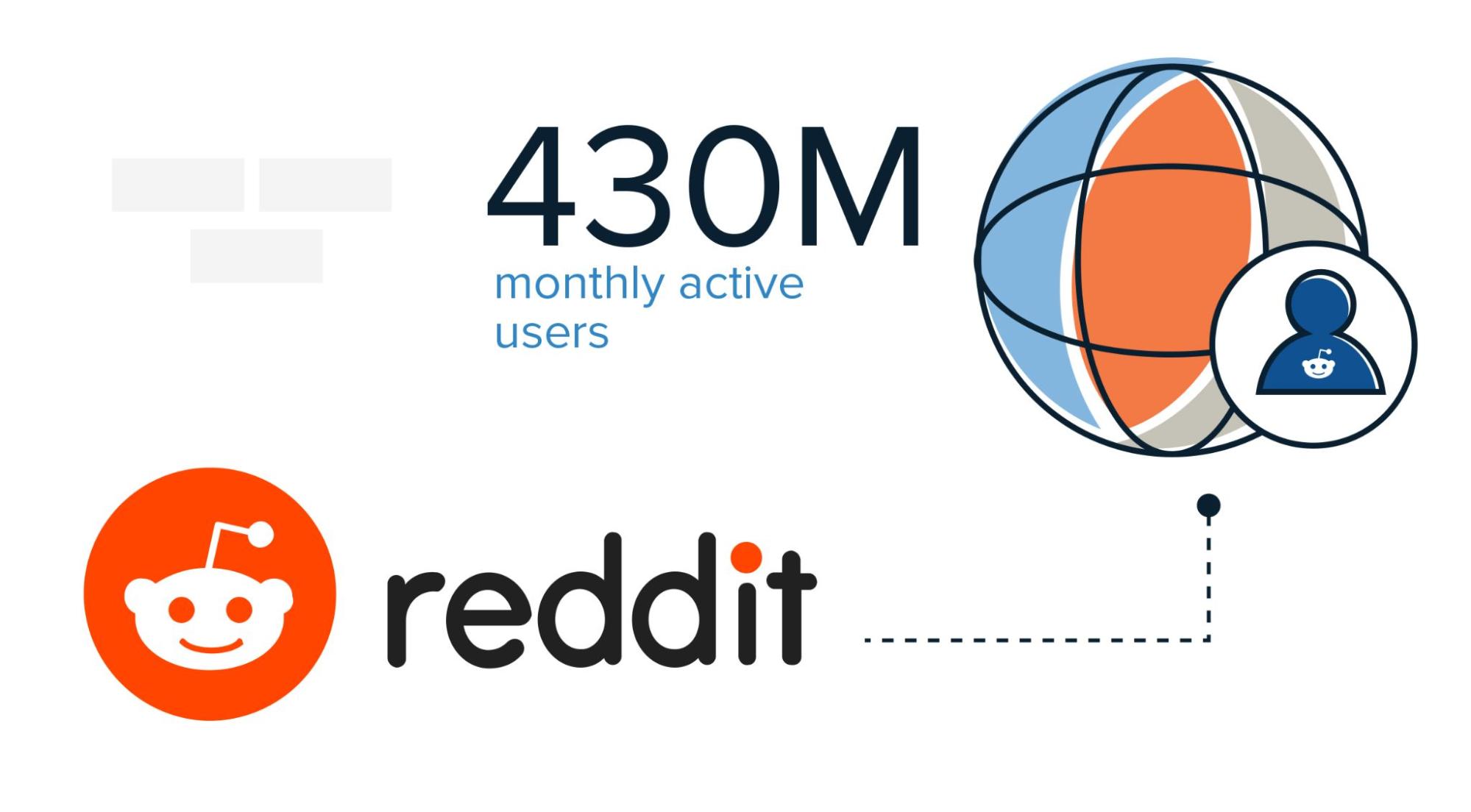
Reddit is a popular content distribution channel with over 430 million monthly active users. Even though this channel is packed with users, marketers shy away from it because it’s so easy to get banned from a subreddit.
That said, brands like Nordstrom have taken their fate into their own hands. Rather than be at the mercy of moderators in subreddits, they created their own subreddit where their users can share their experiences and have a sense of community.
You can level up your Reddit marketing game by checking out these Reddit marketing tips and our Reddit research for businesses.
Best practices for using Reddit as a distribution channel
- Stick to the rules of every subreddit.
- Provide in-depth answers to questions and link to your content asset if it gives more depth to the question.
- Don’t link to your content if it’s not permitted in a subreddit.
- Create your own subreddit and build your own community.
- Don’t shove your product down the throats of your Reddit audience. They dislike it!
Create Once, Distribute Forever
The 19 content distribution channels we’ve outlined are a starting point to share your content and provide value to your audience.
As technologies evolve, we’ll see more distribution channels and an increase in audience dilution.
Jumping on new channels is a great way to experiment and gain a first-mover advantage if your audience resonates with any new or undiscovered channel. But first, use the distribution channel matrix to identify your priority channels, promote your assets, and prevent your great content and resources from going to waste.
And if you want to take your distribution game even farther, then hop on the distribution challenge and grab the DREAM playbook.







